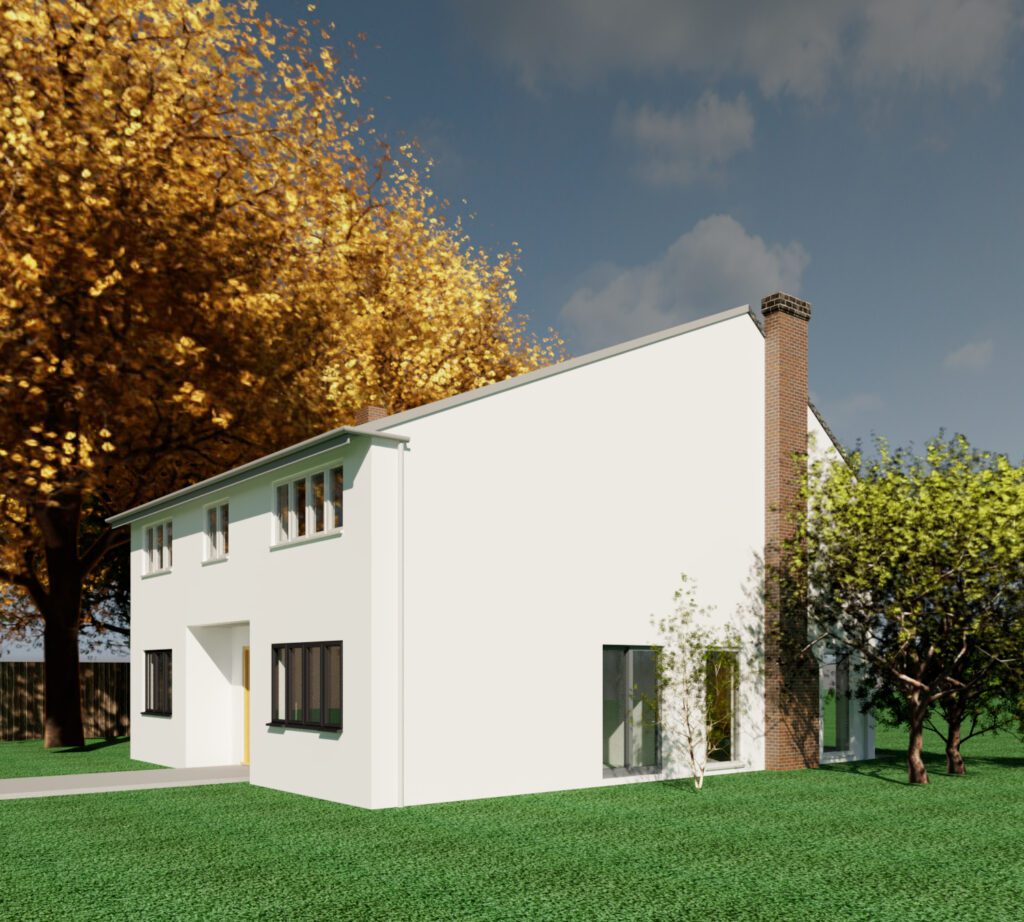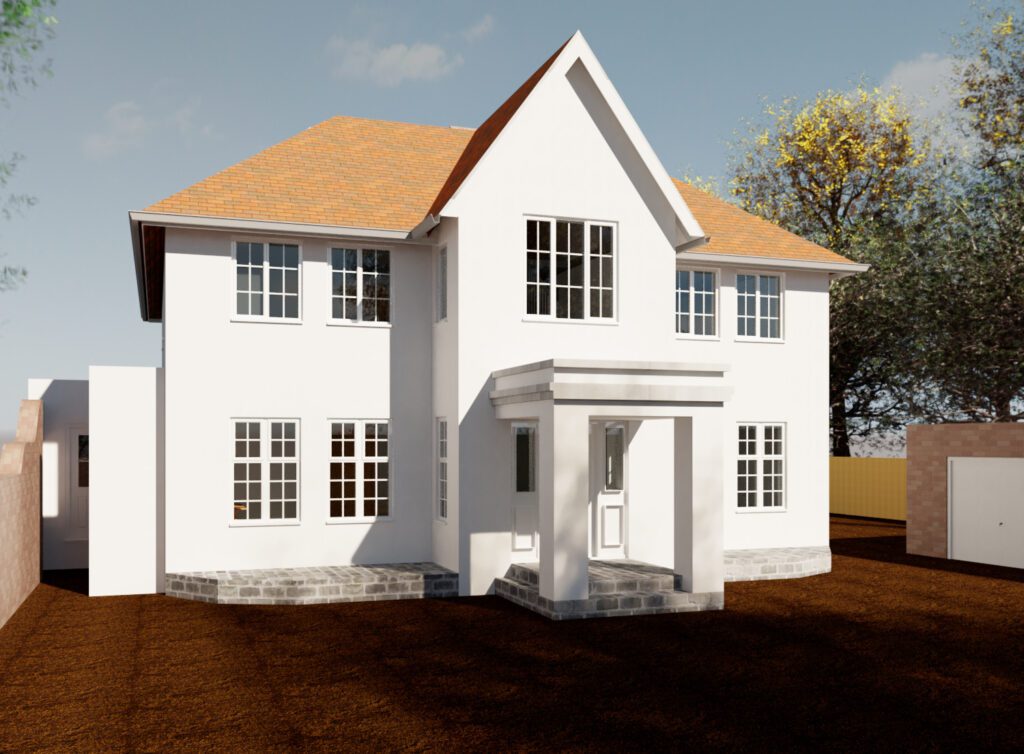Planning permission or permitted development
Do I need planning permission or can I build under permitted development rules (PDR)?
This is one of the most popular questions that we get asked so I thought it about time we wrote an article about it!
Permitted development refers to a set of rules that can be followed to develop a property without having to apply for planning permission. The rules were designed to be objective such that anyone could read them, work out what they can and cannot do under permitted development rules, and then carry out the works. In this scenario you would effectively be self-certifying that you can build under permitted development rules and you are spending your hard earned money on building materials and labour without any paperwork confirming that you read and understood correctly the permitted development rules. This puts you at risk of enforcement action from the local authority as well as difficulties when you come to sell the property.
The reality of permitted development is usually a little different.
Let’s understand what permitted development does and how to use it effectively to reduce risk rather than increase risk.

Permitted development covers a huge range of projects that you might want to carry out and it is amended time after time after time, often several times a year (twice so far this year), and has been the subject of many court cases (and therefore multiple pieces of case law) and enforcement actions. And to make it more complex, there are multiple guides available that interpret the legislation in certain ways that regularly create conflict and are regularly ruled against.
So for these reasons, you are taking an almighty risk when self-certifying. Far better then to get paperwork in place to remove the risk and provide confirmation that it is lawful to build what you have proposed.
We recommend to our clients that unless it is as simple as buying a garden shed (which often but not always comes under permitted development) from a shop and putting it up on a Saturday afternoon with your brother or your dad or your son, then you shouldn’t take the self-certifying route.
Instead you should apply for permitted development approval or a lawful development certificate or in some cases prior approval.
We advise our clients and carry out this process for them to obtain paperwork from the local authority that gives you approval to do what you believed was within the permitted development rules. This removes the risk and means you can build without the risk of enforcement action so long as you build it in line with the drawing set that we have produced for you.
So why I hear you ask do you not just apply for planning permission to build and get your approval that way?
The answer is very complex but in simple terms there are situations where you can get the exact same proposal approved under permitted development where you would not get it approved if you applied for planning permission. This often surprises clients, they say ‘I can’t get it approved under planning but I can get it approved under permitted development, how is that possible?’. The reason this is true is that planning and permitted development sit alongside each other as two different ways to obtain your approval and they operate under very different rules.
There are also other advantages to permitted development: it is cheaper to apply for than planning, it is often simpler to apply for than planning, and it is quicker to reach a decision when compared to planning, and often does not give the local authority as much power to grant approval subject to conditions (which is very common under planning).
More than half of our applications for permission are now permitted development applications, the others being planning applications. We have private clients and developer clients who now ask if permitted development for their project is possible, because of the advantages permitted development applications have over planning applications.

It is our job to choose the correct route to obtain the permission for the works you wish to carry out, and to do as effectively as possible. So this means for example we will only charge you for what is required on a fixed fee basis, no more, no less.
We don’t just use permitted development for residential projects but also for commercial, industrial, retail, and agricultural projects too.
Give us a call to discuss how we can work with you to achieve your aspirations.
